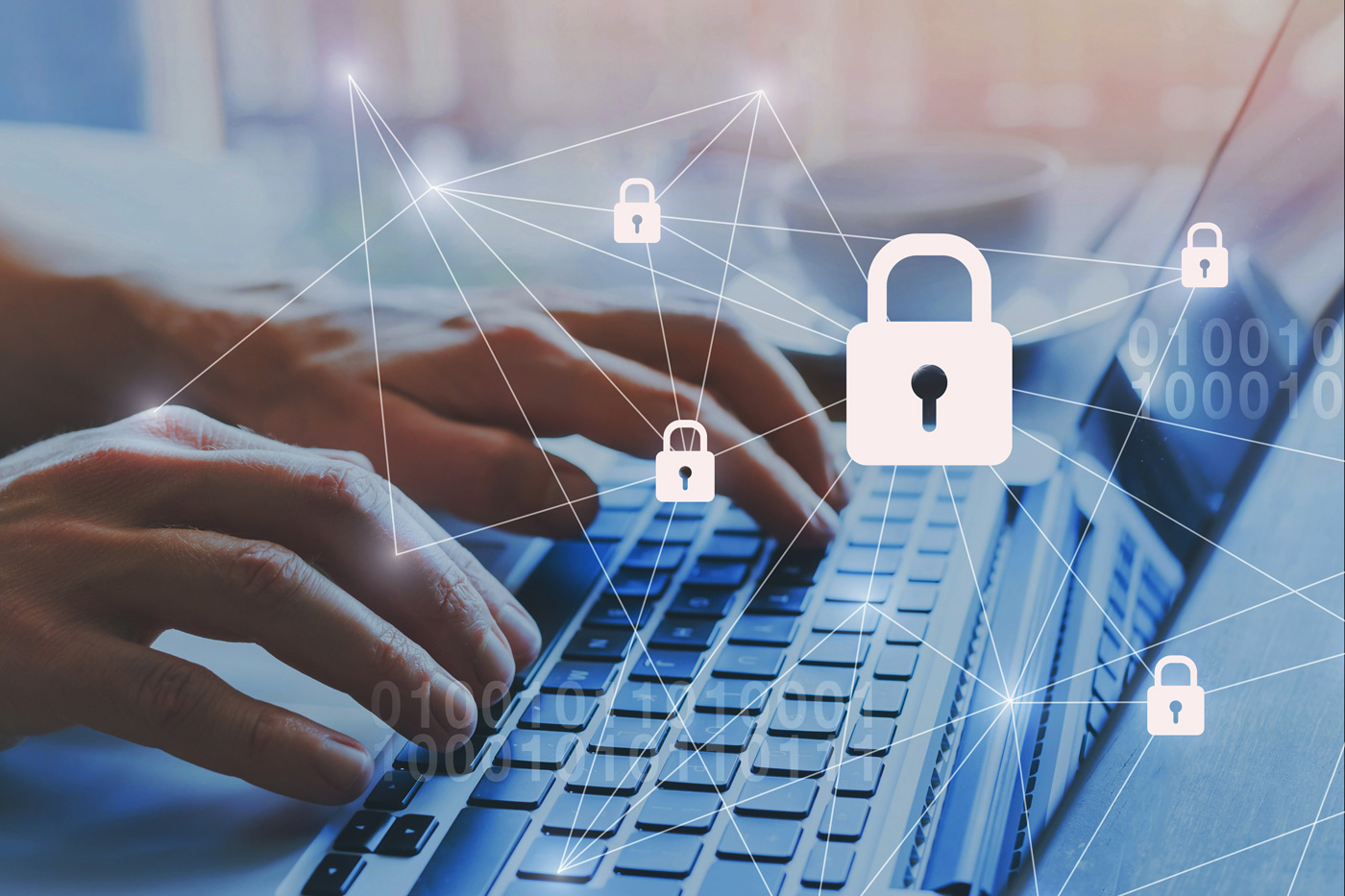2020 has been a year like no other. The pandemic has impacted business in every imaginable way for security professionals from the perspective of both end-users and systems integrators alike. To help navigate and comprehend the situation as best possible, we’ve spent lots of time speaking to our customers and our sales partners, as its more important than ever before to remain acutely aware of new and continually emerging needs of our industry – and conversation is the best way to do so – even if they’re all predominantly virtual.
So, we put together a brief synopsis of conversations we’ve been having with end-users and systems integrators relative to access control to get a balanced perspective current perceptions, attitudes, and objectives.
The development and deployment of new vaccines are a bright light at the end of the tunnel, and we hope that we see the end to the pandemic sooner than later in 2021 so business and life can resume to some level of normalcy – whatever the new normalcy is. In any event, the 2020 COVID-19 pandemic was surely a wake-up call that has taught us many new lessons. Let’s hope we all don’t contract amnesia once this current situation passes.
Let’s talk soon.
